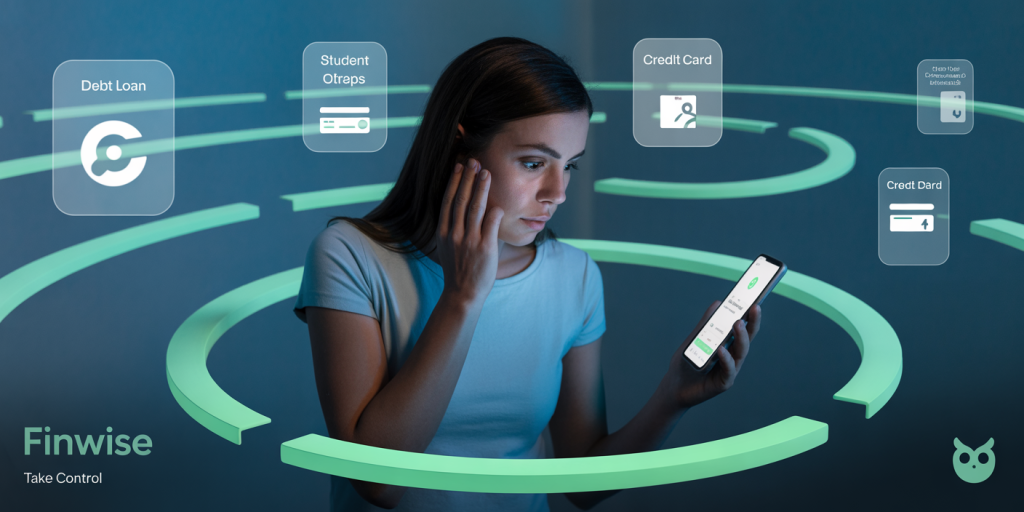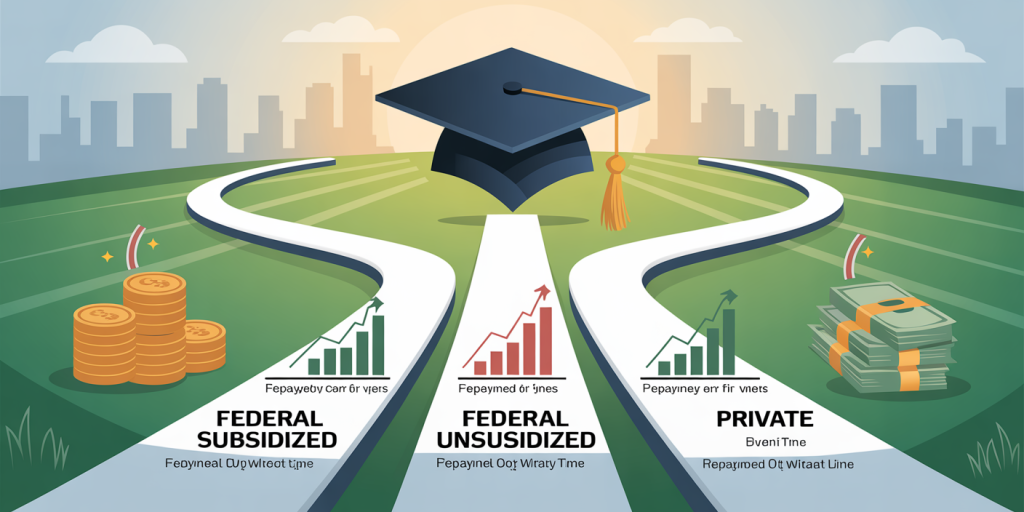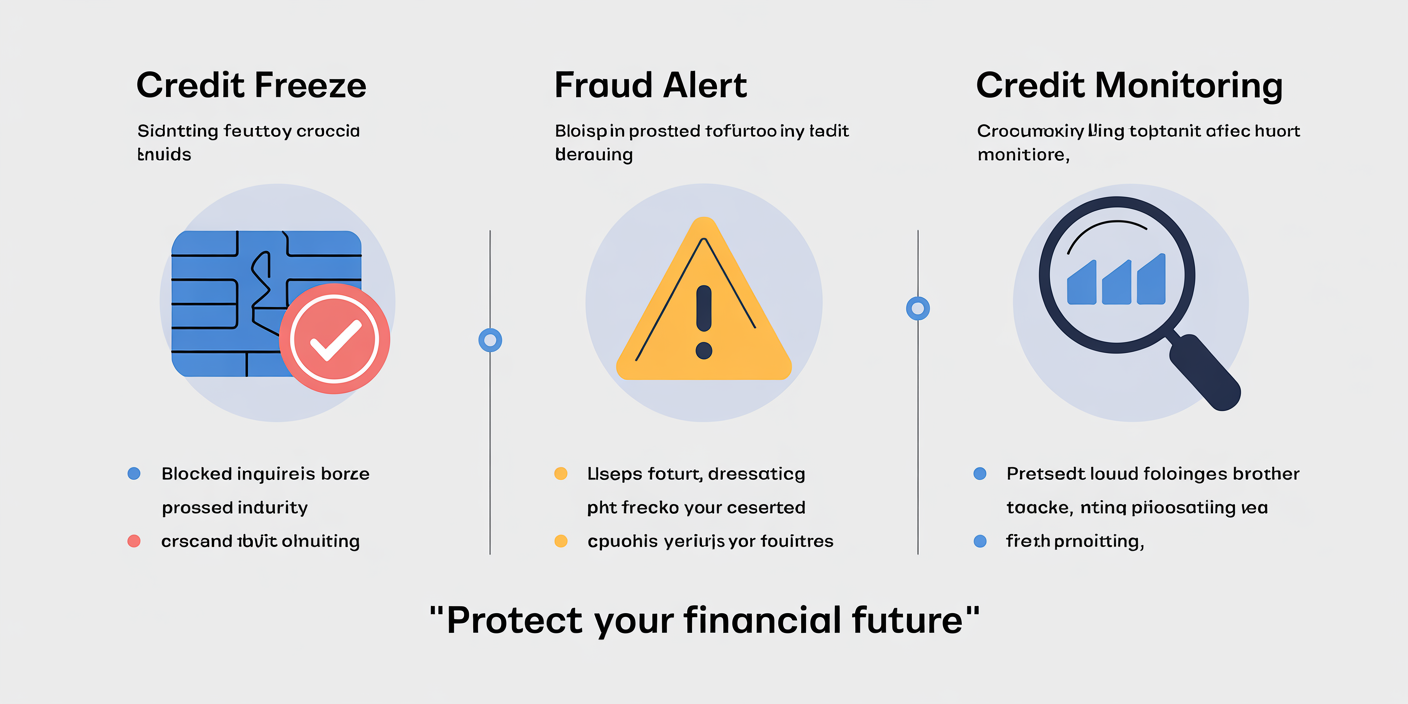Debt Traps to Avoid in Your 20s: Student Loans, Credit Cards, and “Buy Now, Pay Later”
Anúncios
Entering your twenties often marks a period of newfound freedom, exploration, and financial independence. However, it also comes with financial pitfalls that can lead to long-term stress and debt if not handled wisely. Among these, student loans, credit cards, and “Buy Now, Pay Later” (BNPL) schemes pose significant risks that young adults must navigate carefully. This article aims to shed light on these debt traps, equipping you with the knowledge to make informed choices and avoid costly mistakes.

Understanding the Landscape: Why Debt in Your 20s Matters
Anúncios
Your twenties are a crucial decade where financial habits and credit history shape your future. Unfortunately, this is also when many fall into debt traps due to lack of experience, peer pressure, or inadequate financial education. According to the Federal Reserve, as of 2023, Americans under 30 owe approximately $460 billion in student loans alone, highlighting the magnitude of this issue. Additionally, credit card debt among millennials averages around $3,300 per person, with many carrying balances month to month. Meanwhile, BNPL services have surged in popularity, with one in five millennials using these platforms regularly, often without fully understanding the implications.

Anúncios
The compounding effect of interest, fees, and penalties can disrupt financial stability for years. Mismanaging debt in your early adulthood can limit life opportunities, such as buying a home or starting a business, due to poor credit scores or overwhelming repayments. Recognizing the specific debt traps and strategies to avoid them is vital to set a steady path toward financial health.
Student Loans: Navigating the Maze Without Sinking
Student loans are often perceived as “good debt” because they finance higher education. However, not all student loans are equal, and mismanagement can lead to severe consequences. In 2024, the average student loan debt per borrower stands at roughly $39,000, which can become a heavy burden post-graduation.
One common trap is borrowing more than necessary. For example, Sarah, a recent graduate, took out $60,000 in loans for a degree in liberal arts, expecting to land high-paying jobs. Instead, she found entry-level positions paying below the national average salary of $50,000 for college graduates, making monthly payments daunting. This mismatch between borrowed amounts and earning capacity is a classic pitfall.
Another mistake young adults make is choosing the wrong repayment plan or ignoring loan servicing details. Federal loans offer flexible repayment options like income-driven repayment, while private loans often lack such accommodations. Missed payments or late fees further increase balances and damage credit scores. It is essential to research options before borrowing and regularly communicate with loan servicers.
| Type of Student Loan | Average Interest Rate (2024) | Repayment Terms | Key Risk |
|---|---|---|---|
| Federal Direct Subsidized | 4.99% | 10 years standard, income-driven repayment available | Default risk if disabled loan management |
| Federal Direct Unsubsidized | 5.49% | Same as subsidized but interest accrues during school | Interest capitalization increases debt |
| Private Loans | 7% – 12% | Varies widely, often requires full payments immediately | Higher interest and less flexibility |
Practical Tip: Before taking loans, realistically assess future salary prospects using industry data from sources like the Bureau of Labor Statistics and use student loan calculators to estimate repayments. Consider scholarships, grants, and part-time work to reduce borrowing amounts.
Credit Cards: Balancing Convenience and Risk
Credit cards are powerful financial tools but can quickly spiral into debt traps if misused. In 2023, nearly 42% of young adults under 30 carried credit card balances with an average APR of 16.3%, illustrating how high-interest rates can compound quickly.
A typical scenario involves college students receiving credit cards with low initial credit limits and promotional zero-interest offers. If young adults spend beyond their means and cannot pay off balances by the end of promotional periods, interest charges and fees accelerate debt accumulation. For instance, James used his credit card for daily expenses and technology upgrades, thinking he could manage payments. However, sudden job loss led to minimum payments only, which significantly increased his total debt over a year.
Additionally, credit cards often lure customers with rewards points and cashback. While beneficial, these incentives can encourage unnecessary spending. It’s important to view credit cards as borrowing tools rather than “free money.” Using them responsibly involves paying full balances monthly, monitoring billing cycles, and understanding fee structures.
| Credit Card Element | Potential Pitfall | How to Avoid |
|---|---|---|
| Interest Rate (APR) | High-interest charges on unpaid balances | Always pay in full or plan payments to minimize interest |
| Minimum Payments | Creates debt cycle by extending payoff | Pay more than the minimum to reduce principal |
| Annual Fees | Costly if benefits not utilized | Choose no-fee cards or cards matching spending habits |
| Promotional Offers | High rates post-promotion period | Track expiring offers and avoid large balances |
Real Case: According to a 2023 report by Experian, 1 in 5 young adults missed credit card payments within two years of acquiring their first card, leading to credit score reductions by an average of 50 points, adversely affecting loan eligibility.
“Buy Now, Pay Later” (BNPL): The New Debt Challenge
BNPL services such as Klarna, Afterpay, and Affirm have rapidly gained traction, offering consumers the option to split purchases into interest-free installments. While appealing to the cash-strapped consumer, BNPL can sneakily cause overspending and subsequent debt.
Unlike traditional credit cards, BNPL services often lack rigorous credit checks and do not always report to credit bureaus, leading to hidden risks. Missed payments frequently trigger late fees and can affect ability to use BNPL in the future. For example, Mia, a 24-year-old retail worker, used BNPL to buy multiple items totaling $1,200. She underestimated monthly installments amid fluctuating income, resulting in late fees that added $150 extra, creating financial strain.
Data from a 2023 survey by the Consumer Financial Protection Bureau (CFPB) found that 38% of BNPL users aged 18-30 missed at least one payment, with 23% falling behind on multiple, showing how easily BNPL can become an unmanageable expense.
| Feature | BNPL Service | Traditional Credit Card |
|---|---|---|
| Interest | Usually zero if paid on time | Often 15-25%, varies by card |
| Credit Check | Minimal or none | Rigorous before approval |
| Impact on Credit Score | Limited reporting, but missing payments count | Reported monthly, missed payments affect score |
| Spending Limit | Purchase-specific limits | Total line of credit |
| Late Fees | Enforced aggressively | Variable, sometimes waived |
Advice: Use BNPL only for planned, affordable purchases. Maintain a strict budget incorporating installment payments as mandatory monthly expenses. Avoid stacking multiple BNPL purchases simultaneously.
Breaking the Cycle: Strategies to Manage and Avoid Debt
Avoiding debt traps is not just about awareness but proactive financial management. Begin by building an emergency fund, even as small as $500, to handle unexpected expenses without resorting to credit. Automate savings and bill payments to reduce risk of missed payments.
Seek professional advice or use free resources like credit counseling or financial planning apps specifically designed for young adults. Regularly review and understand credit reports available through agencies like Equifax, TransUnion, and Experian to identify errors and fraudulent activity early.
Creating a budget is fundamental. The 50/30/20 rule—allocating 50% of income to needs, 30% to wants, and 20% to savings and debt repayment—can guide disciplined spending. For those already in debt, tactical approaches such as the debt snowball (paying off smallest debts first) or debt avalanche (prioritizing high-interest debts) can accelerate financial recovery.
Future Perspectives: Preparing for Financial Health Beyond Your 20s
The landscape of personal finance continues to evolve, with new credit products, digital currencies, and economic uncertainties impacting young borrowers. Being adaptable and educated is key to navigating these changes. For example, as BNPL providers increasingly partner with large retailers, regulatory oversight is expected to tighten in coming years, potentially offering greater consumer protections.
Student loan forgiveness programs and income-driven repayment plans may expand, altering the burden of educational debt for future borrowers. However, the best defense remains personal financial literacy—skills such as evaluating loan offers, understanding credit scores, and managing repayments will empower you to make choices aligned with your long-term goals.

Technology offers promising tools like AI-driven financial assistants that can optimize spending and payments, but these should complement—not replace—sound judgment. Additionally, discussions around universal financial education in schools and workplaces could help future generations avoid similar pitfalls.
In summary, avoiding debt traps in your 20s requires vigilance, knowledge, and disciplined execution. By understanding the nuances of student loans, credit cards, and BNPL, while implementing solid money management strategies, you can set a foundation for financial freedom in your thirties and beyond. Your commitments today shape your opportunities tomorrow—choose wisely.



Post Comment